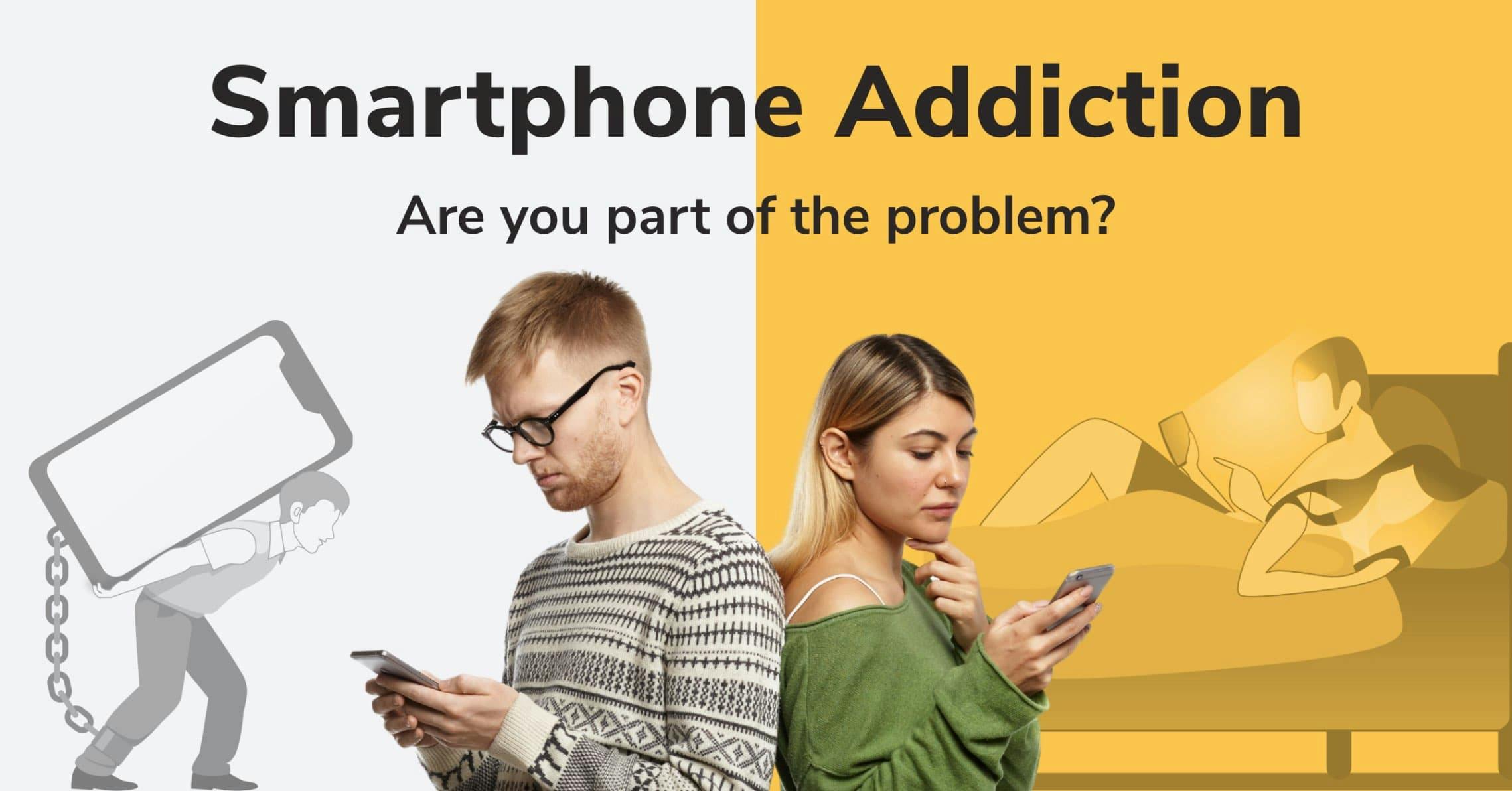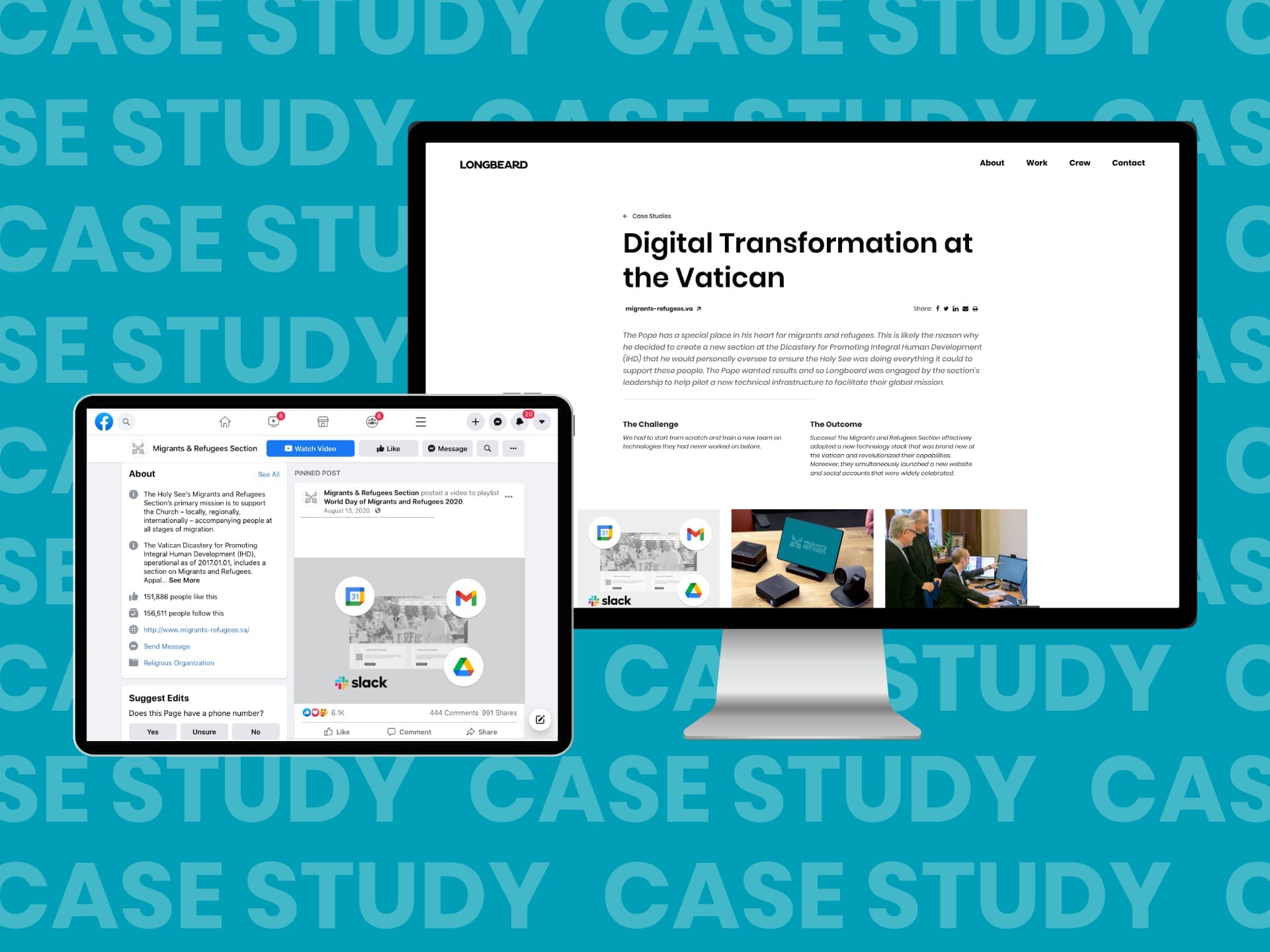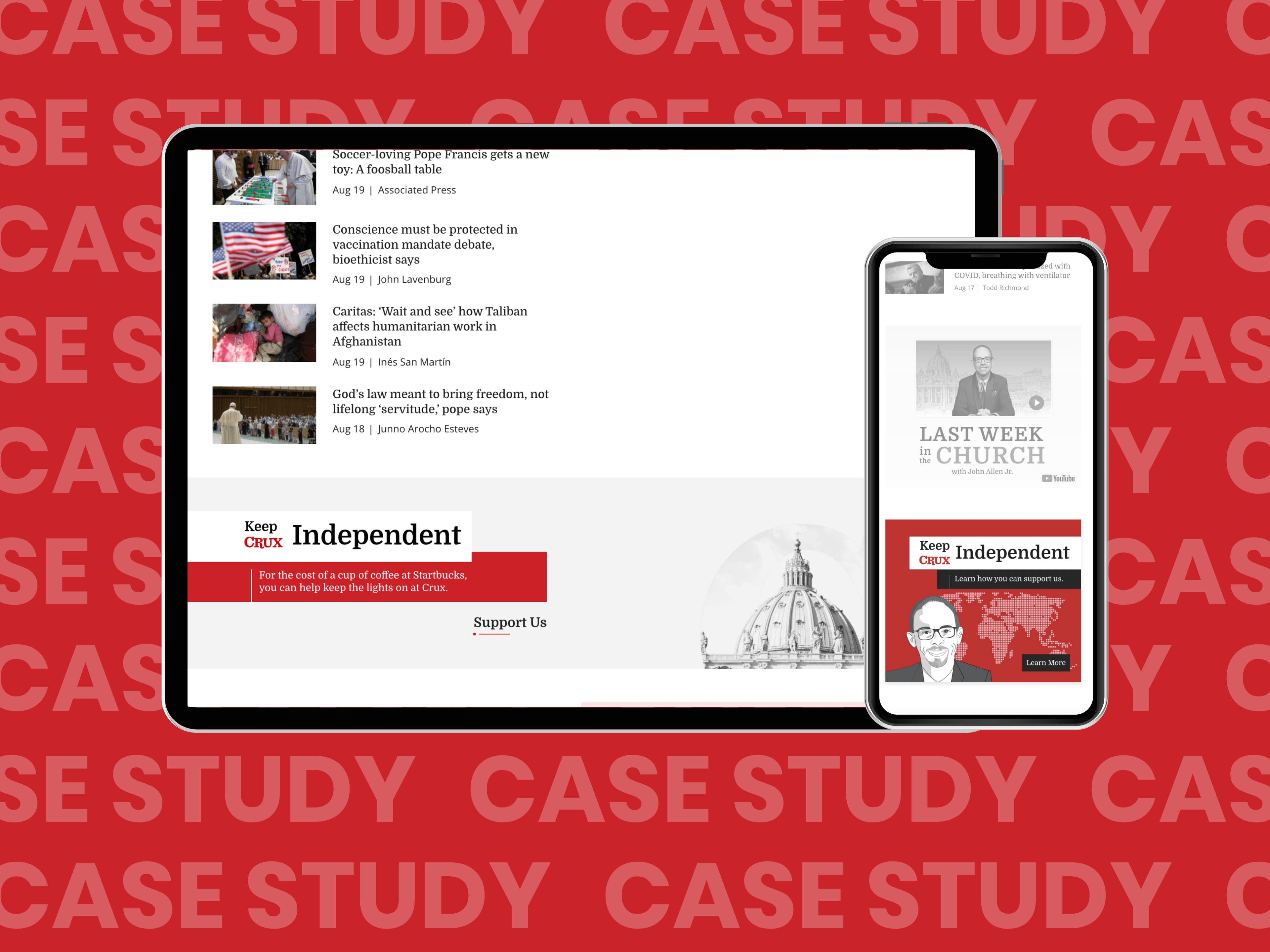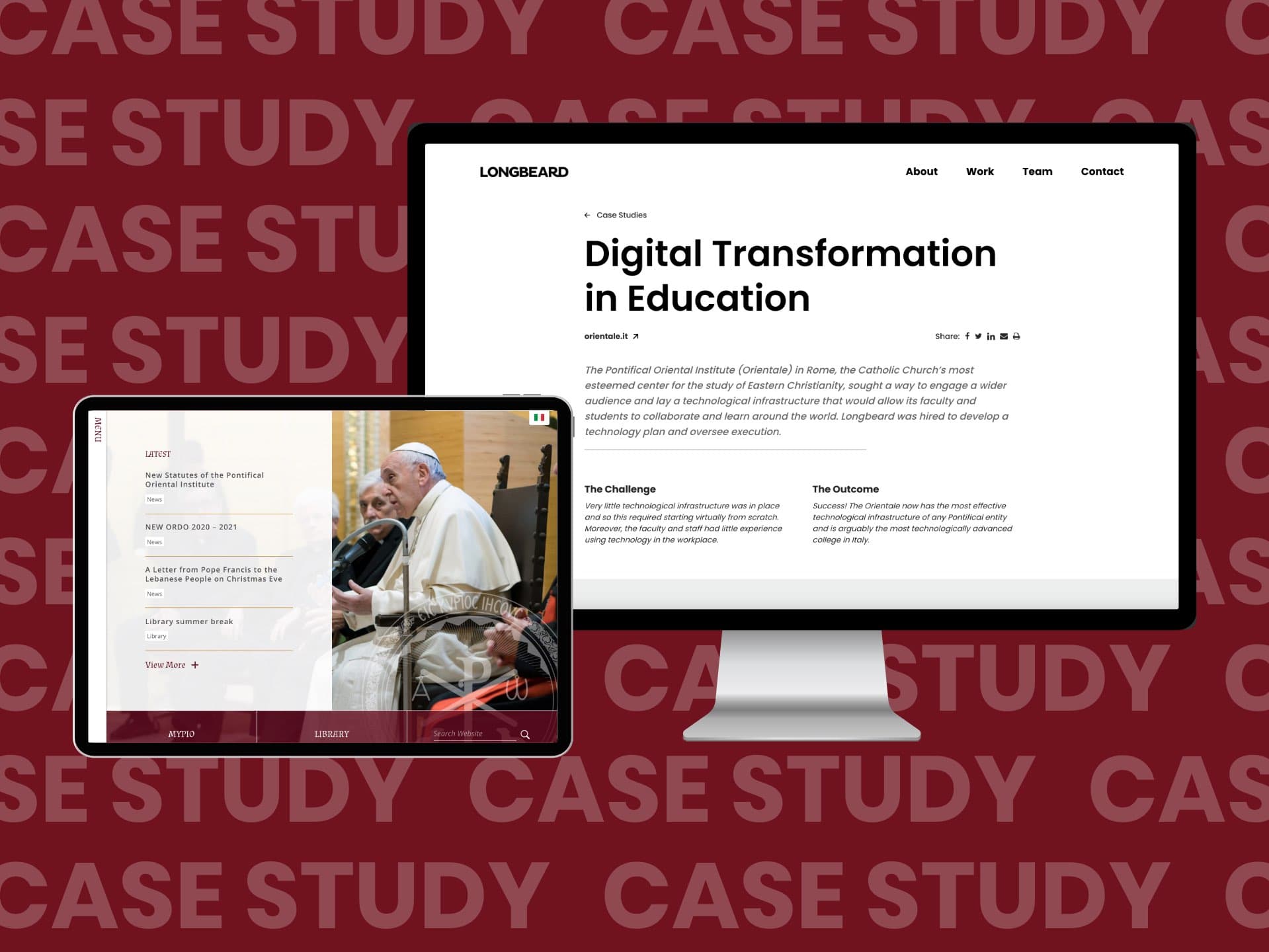Smartphone Addiction
Did you know teenagers who spend 5 hours a day on electronic devices are 71% more likely to have suicide risk factors than those with one-hour use? Our smartphones are quickly becoming a public health crisis. If we armed people with knowledge on this issue, would it be enough to convince them to better manage their smartphone use? Halcyon hired us to find out.
The Challenge
Designing a vehicle to inform, convince, and encourage people to change their smartphone behavior despite the enormity of forces compelling people to do otherwise.
The Outcome
A disconcerting success. 78.8% of those surveyed stated they cared more about smartphone addiction after the survey and 77.6% said they would be willing to change their habits to be part of the solution. We’ll explain why these seemingly positive results left us concerned.
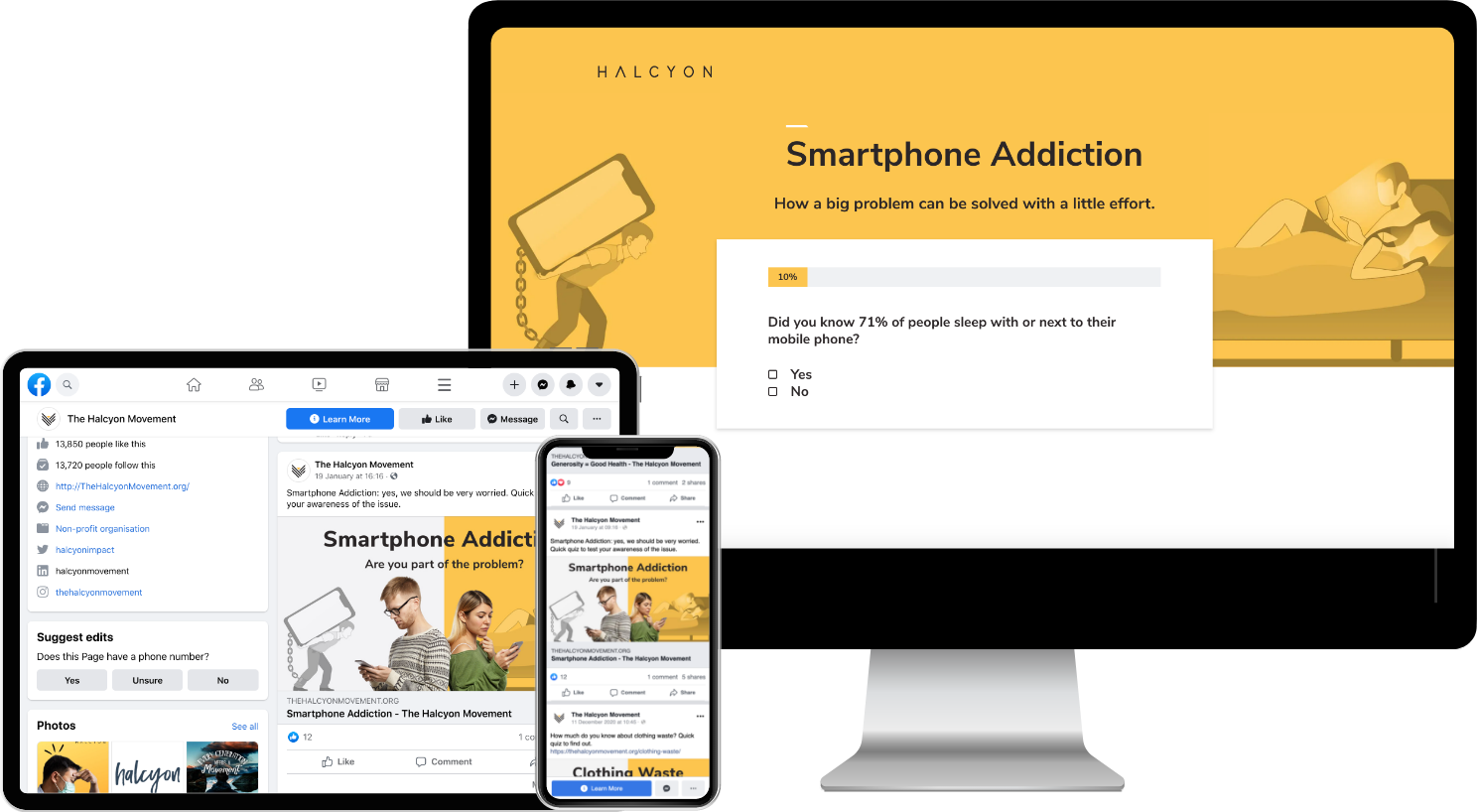
The Objective
Convince people to change their smartphone habits to permit more time for activities likely to promote their health and wellness.
The Challenges
- Design. Designing a hook that would effectively grab the attention of users on their social feeds and convince them to visit our survey landing page.
- IQ. Knowledge on the topic of smartphone addiction was hypothesized to be attractive more to those who already acknowledged the issue. We specifically wanted to reach those who were either unaware of the issue or who have been avoiding learning about it.
- Survey. Curating a survey that would both inform/challenge/scandalize and also encourage people to take action to manage the issue.
- Toolkit. Identifying an attractive resource that could serve as a toolkit for people who want to take action and manage their own smartphone addiction or support others in their efforts.

The fact is, very few people are going to be able to walk away from smartphone use entirely and this presents the biggest problem. Would people be willing to take a survey about a problem they feel virtually powerless to solve?
Matthew H. Sanders
CEO, Longbeard
The Insights
- Audiences. Gen X, which didn’t grow up with smartphones, was most willing to take our quiz. Millennials were a close second. Gen Z had some interest, but less than the others.
- IQ. Respondents had a greater sense of the smartphone addiction problem when compared to other surveys we have run on important issues. That said, on average, 70% of respondents were unaware of smartphone addiction’s impacts.
- Demographics. Targeting people from Western Civilization, it was Spain, Portugal, Poland, and Ireland that were most engaged by the subject and were also most inclined to change their behavior. Respondents from the U.S. were ranked #9, which is concerning given the growing mental health crisis amongst youth.
- Devices. 81.2% of respondents completed the survey on their mobile device. Yet again affirming the need for such surveys to be mobile-first.
- Costs. $0.18 was the average cost of driving someone to our survey landing page. We were able to get this as low as $0.14 by the end.
- Conversions. 33.79% of people who landed on our survey landing page went on to complete the survey. 97% of people who completed our survey went on to click our 3rd party resource to get help.

We are paddling upstream on this issue. I feel we need to lobby smartphone makers and platform providers harder to integrate health and wellness features into our devices to support people trying to manage this issue.
Matthew H. Sanders
CEO, Longbeard
The Outcome
- Changing Minds. 78.8% of respondents stated they cared more about smartphone addiction after what they'd learned.
- Changing Behavior. 77.6% of respondents stated they would be willing to change the way they live in order to overcome a smartphone addiction.
- Action. 96.9% of respondents who completed the survey accessed the post survey toolkit on how to manage smartphone addiction.

This campaign put together by the talented team at Longbeard is a perfect example of how effective digital engagement can lead to a change in behavior. By focusing on educating first through the interactive quiz, the user is then able to better understand the issue, internalize it, and take an appropriate action to modify their behavior in the future. This is not just an example of good content marketing-- it's a model for how cause-based organizations can use digital media to change the world!
Tim Kachuriak
Chief Innovation and Optimization Officer, NextAfter
